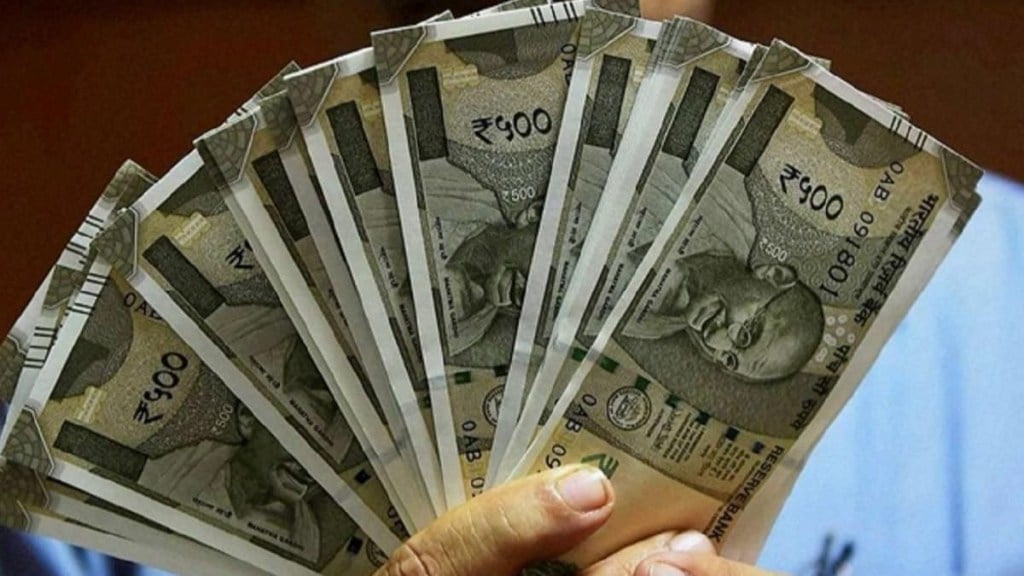– By Samir K Modi
As the industry awaits the FY2025-26 Union Budget, one of its primary expectations is that the Central Government announce measures to increase private consumption. The rationale for this is clear since GDP growth is anticipated to stabilise at 6.3% in the current year, as per World Bank estimates. Among other reasons, muted growth is because private consumption has slowed down. The best way to revive private capex is by enhancing private consumption.
Multiple measures could support achieving this goal. For instance, offering relief to middle-class taxpayers could enhance their purchasing power, enabling increased consumer spending. This, in turn, could positively impact the retail industry by driving higher sales and helping businesses manage operational costs more effectively, encouraging healthier profit margins.
Tax Relief to Stimulate Spending
Boosting the disposable income of consumers can help in inflating their purchasing power, spurring consumption and driving greater economic growth. Relief in personal income tax has always been eagerly anticipated by taxpayers in every Budget. Heeding their aspirations will be a winning proposition for all stakeholders since higher disposable income offers the dual benefits of raising consumption and driving greater economic activity, addressing both demand and supply side needs.
To be specific, benefits should be provided under both the new and old income tax regimes. As per a Deloitte report, these measures will increase the disposable income of middle-income homes by 5 to 7%, triggering a 6% hike in consumer spending on essential goods and FMCG products, leading to a perceptible rise in GDP growth. This measure is crucial as consumption accounts for more than 60% of the country’s GDP.
The second strategy to support the mass consumption of FMCG goods and essential items is by rationalising GST slabs. For instance, GST on packaged foods and personal care products could be lowered to 12% from the present slab of 18%. This will spur an anticipated rise of 8% in volume sales of mass-consumption FMCG goods, leading to more tax collections due to higher consumption and a GDP boost of around 0.5%, as per an article by Deloitte on budget expectations for 2025. The cascading benefits projected from lower GST will stem the dip in mass-consumption goods by enhancing affordability, thereby supporting small FMCG manufacturers and promoting the Centre’s inclusive growth mission.
Measures to Boost Rural Consumption
At the same time, one cannot overlook the huge latent consumption potential of the rural markets. Accordingly, adequate outlays could be made to improve the rural distribution ecosystem, which involves creating, organizing, pricing, and distributing products and services to ensure that rural residents have access to essentials at reasonable costs. Moreover, tax rebates can be offered to firms making investments in rural product lines with affordable prices. According to the Deloitte article, since more than 35% of FMCG sales are contributed by rural India, even a 10% rise in hinterland sales could garner the retail segment extra annual revenues of Rs 50,000 crore.i To achieve this objective, affordable goods and a robust distribution network are imperative, for instance, the government and businesses can work together to build better rural roads and warehouses, offer tax benefits to companies making affordable products for villages, and use of technology.
Supportive Steps for Small Retailers
Incentives and outlays apart, some key policies are needed to support the retail industry, especially small players. For example, regulating quick commerce practices like predatory pricing is crucial to ensure equitable growth of retail. One must also make sure there is transparency in how Q-commerce players utilise their funds to ascertain compliance with FDI regulations, supply chain transparency and fair-trade practices. Such measures will safeguard more than 30 million Kirana stores and 80 million small retail players and distributors from the deep discounting and allied anti-competitive practices used by Q-commerce platforms.
Further, the Centre can promote ONDC (Open Network for Digital Commerce) by creating a more enabling environment with tax breaks and other supportive measures. ONDC’s vibrant growth could play a pivotal role in advancing the interests of small enterprises and Kiranas to build a balanced retail ecosystem.
Skilling Programmes and Subsidies for Rural Regions
Additionally, skill development programmes could be promoted via enhanced budgetary outlays that are meant specifically for rural regions. This can be done through the Pradhan Mantri Kaushal Vikas Yojana, with customised skill programmes that provide a long-term boost to rural livelihoods. By focusing on skill development, one can leverage the nation’s demographic dividend successfully.
Rural demand can also be augmented with targeted subsidies on agri inputs such as seeds, fertilisers and irrigation material. This will improve the income of farmers and others relying on agricultural occupations. However, agri subsidies should be given in a calibrated manner to promote affordability without putting undue pressure on the fiscal deficit.
Finally, rural entrepreneurs could be offered interest-free micro-loans to spur greater entrepreneurial activity in the small-scale segment. This will generate extra employment opportunities. If a series of measures are implemented to boost consumption and demand in urban and rural areas, it will benefit consumers, the industry at large and the Exchequer.
(Samir K Modi is the Managing Director of Modi Enterprises.)
(Disclaimer: Views expressed are personal and do not reflect the official position or policy of Financial Express Online. Reproducing this content without permission is prohibited.)

